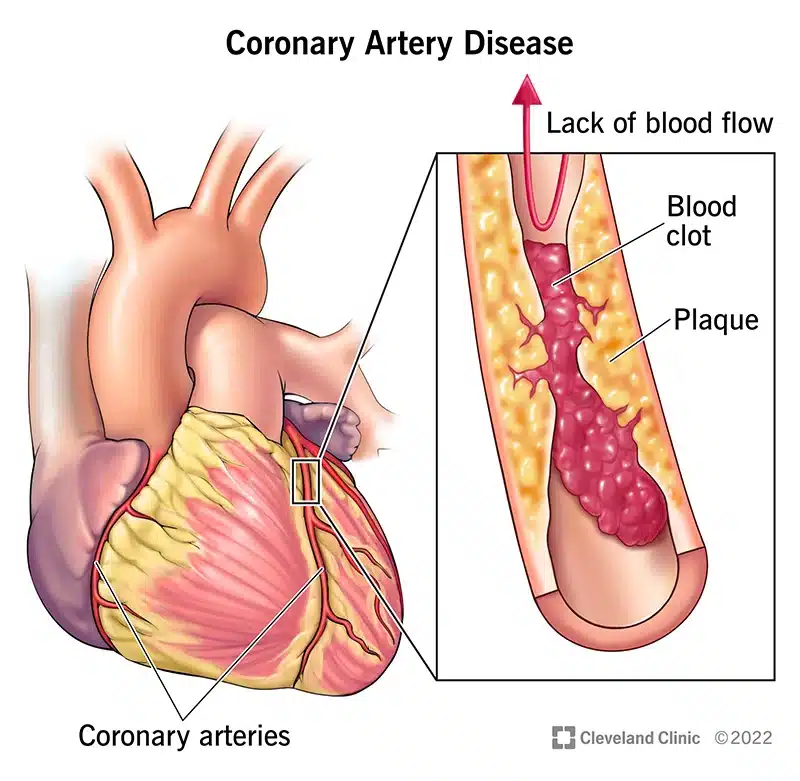HIV
Uncovering HIV: Composition, Spread, and Proliferation
The effects of the Human Immunodeficiency Virus (HIV) on world health have been extensive. In the continuous battle against AIDS, comprehension of its composition, mode of transmission, and replication cycle is essential. This blog post equips you with information by delving deeply into the science underlying HIV.
Table of Contents

The Crafty Intruder: HIV’s Structure
HIV is a member of the retrovirus family of viruses. Think as a sphere with a diameter of about 100 nanometers (a nanometer is a billionth of a metre). The genetic material of the virus, single-stranded RNA (ribonucleic acid), makes up its core. A protein capsid, which resembles a shell, is covering this RNA. The capsid is surrounded by a lipid membrane that is protein-studded. The ability of these proteins to cling to and infect host cells is essential. A co-receptor (CCR5 or CXCR4), which promotes fusion between the viral and cellular membranes, and gp120, which binds to human CD4 cells, are two important proteins.
The Uninvited Visitor: HIV Transmission
Despite what the general public believes, is not easily spread. This is how it can disperse:
- Sexual contact: There is a chance transmission during unprotected oral, anal, or vaginal sex with an HIV-positive individual. The amount of virus in the infected person’s blood and the existence of additional sexually transmitted illnesses (STIs) can affect the risk.
- Blood-to-blood contact: It’s dangerous to share syringes or needles that have been contaminated. Nowadays, blood transfusions are very safe because of stringent screening protocols.
- Child-to-mother transmission: HIV can be passed from a woman who is positive to her kid during pregnancy, childbirth, or breastfeeding. Fortunately, this danger can be greatly decreased with the right medical attention.
It’s critical to keep in mind that cannot be spread by common contact, such as sharing cutlery, using the same lavatory, or coming into contact with an infected person’s cough or sneeze.
An Infiltrated System: HIV Replication
HIV hijacks a human cell’s machinery for its own replication after it has entered, usually a CD4+ T lymphocyte (a vital immune system cell). Here’s how to chill something:
- Attachment and Entry: The CD4 receptor on the surface of the T cell is bound by the viral envelope protein gp120. Additionally involved in promoting the fusion of the viral and cellular membranes is a co-receptor (CCR5 or CXCR4).
- Reverse Transcription: The human cell cannot utilise the RNA genome. The complementary DNA (cDNA) copy is created from the viral RNA by an enzyme known as reverse transcriptase.
- Integration: Next, integrase, another viral enzyme, integrates the viral cDNA into the DNA of the host cell. The genetic material from the virus now resides permanently in the DNA of the T cell.
- Production of Viral Proteins: After integration, the DNA of the virus directs the machinery of the host cell to transcribe additional reverse transcriptase and integrase, among other viral proteins.
- Assembly and Release: The integrated viral DNA is used to create new viral RNA. These RNA molecules come together with freshly made viral proteins to form new particles. Subsequently, the infected T cell produces new viruses that are primed to replicate and infect additional cells.
Because CD4+ T cells are destroyed in this never-ending cycle of replication, the immune system is weakened. The body becomes more vulnerable to opportunistic infections and malignancies as the quantity of these essential cells declines, which can result in AIDS, the advanced stage infection.
Living with Information: Optimism Despite
Gaining knowledge on the composition, spread, and reproduction gives us power. can be suppressed to undetectable levels with highly efficient antiretroviral medication (ART), allowing infected individuals to enjoy long and healthy lives despite the lack of a cure. We can keep fighting AIDS by spreading knowledge, adopting safe practices, and funding research.






Recent Comments